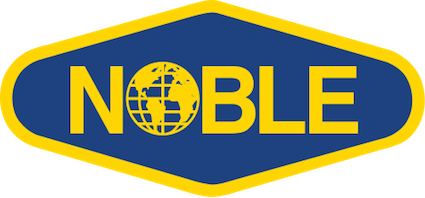
Faced with shrinking revenue hitting the energy sector globally, Noble Corporation (NYSE:NE) has turned attention to cost reduction. In its 2Q2016 report, management detailed how they are managing expenses to ensure that the company continues to generate value for shareholders despite industry pressures. Are the austerity measures bearing any fruit?
Capex reduction
In recent quarters, Noble Corporation has attempted to drastically lower its capital expenditure with the aim of maintaining a positive free cash flow. As such, for 2016, the company expects capex to be $675 million, down from the previous capex guidance of $800 million.
Dividend shakeup
Besides reducing capex, Noble also moved to trim its dividends with hopes of preserving more cash and boosting its liquidity position. In 1Q2016, the company cut its dividends to $0.02 per share, down from $0.15 per share and maintained the same level of dividends in 2Q2016.
Uncertainty in the energy industry is pushing many drillers to narrow down their capital projects and review their rewards to shareholders. But while other drillers have totally discontinued dividend distribution, Noble has tried to maintain its dividends despite the industry pressure. Seadrill Ltd (NYSE:SDRL) and Ocean Rig UDW Inc. (NASDAQ:ORIG) are some of the drillers that have halted dividends entirely.
Workforce reduction is another area that Noble has recently focused on to cut costs.
2016 cost guidance
Following recent tweaks, Noble Corporation expects its total cost in 2016 to be in the range of $900 to $925 million. The company earlier guided the costs in the range of $980 million to $1 billion.
Noble’s balance sheet reflected debt of $4.13 billion at the end of 2Q2016, indicating a reduction from $4.16 billion at the end of 1Q2016, not a big reduction. About 7% of the company’s outstanding debt is short-term obligation.
But with a current ratio of 1.67, Noble Corporation is still capable of comfortably paying off its current liabilities as long as interest rates remain low. If they go substantially higher, it’s a different story entirely.




